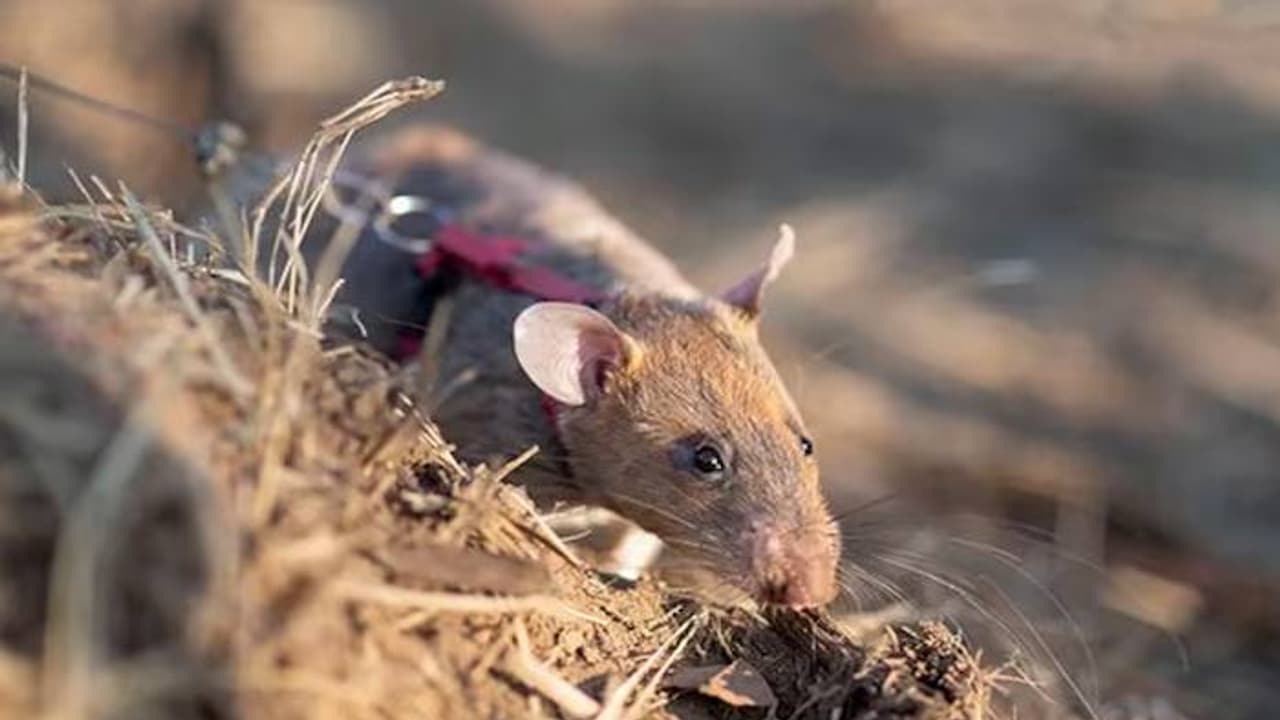Hairless mole-rats live up to 40 years thanks to tiny cGAS enzyme mutations that improve DNA repair. These genetic tweaks help resist aging and even extend lifespan in other species like fruit flies.
Hairless mole-rats may look strange, but they are biological marvels. These small rodents can live up to 40 years, about ten times longer than typical rodents of their size. Scientists now believe a few tiny genetic tweaks in these animals may hold the secret to their remarkable longevity — and possibly clues for extending life in other species.
DNA Repair: Nature’s Anti-Aging Trick
A team led by Yu Chen studied the enzyme cGAS, which in humans and mice can interfere with DNA repair, potentially speeding up aging. In hairless mole-rats, four amino acid changes make cGAS more stable, allowing it to interact better with key DNA repair proteins such as FANCI and RAD50.
This enhanced repair process, called homologous recombination, helps maintain genome stability — a crucial factor in living longer and staying healthy. When hairless mole-rat cells lacked cGAS, DNA damage spiked, confirming the enzyme’s protective role.
Tiny Changes, Big Effects
Even more surprisingly, when fruit flies were engineered to carry the same four hairless mole-rat-specific mutations in human cGAS, they lived longer than normal flies. This suggests that just a few precise molecular tweaks may have wide-ranging effects on longevity across species.
Why This Matters
Hairless mole-rats are more genetically similar to humans than to mice, making them an important model for understanding aging. Their unique cGAS mutations transform an enzyme that normally limits DNA repair into a powerful ally, helping the animals resist aging and maintain genome integrity.
John Martinez and colleagues note that the role of cGAS in longevity is complex and likely varies across organisms. “Further research will be required to understand how this enzyme influences aging in both short- and long-lived species,” they write.
A Glimpse Into Evolution’s Cheat Code
This study hints at how evolution fine-tunes biological systems to fight time. Hairless mole-rats show that even tiny changes at the molecular level can have profound effects on lifespan, offering scientists a roadmap to understanding aging — and perhaps one day, extending it.
